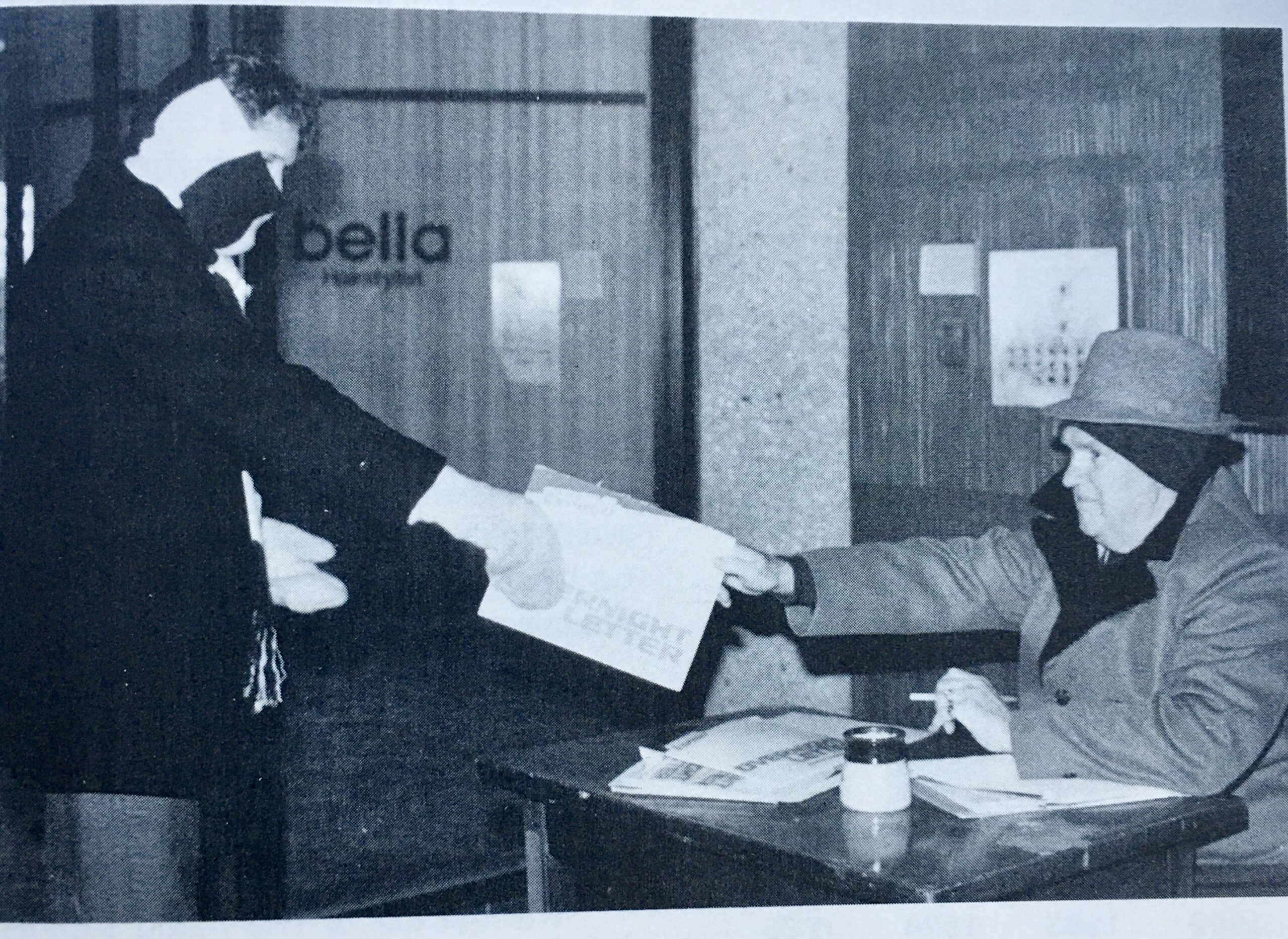Yesterday the Dakota Credit Union Association announced that NCUA had agreed to pay more than $11.9 million to the former credit union members of Midwest Corporate Credit Union. Their pro rata share of US Central’s capital, along with a similar recovery by Iowa credit unions, will bring the total payments to over $16 million.
This outcome culminates efforts commenced in 2021 by the two Leagues and their members. Ultimately legal suits were filed when NCUA rejected the credit unions’ repeated recovery efforts.
In his October 2023 ruling the Chief Judge of the US District Court District hearing the case wrote: “simple logic and hornbook property law support construing the FCUA as including automatic transfer of assets. In general, assets do not simply evaporate when the owner is unable to collect; rather the property must go somewhere.
Consequently, a credit union’s asset likewise do not cease to exist come the last day of a wind-up. Instead, the most logical conclusion is that the assets vest in the credit union’s shareholders.”
A Three-Year Bureaucratic Slog
According to an August 29, 2022 statement by the Dakota League challenging NCUA “To Do the Right Thing”, the Agency had actually been ready to release checks in 2021. NCUA changed its mind when informed that the (federally chartered) corporate had been voluntarily liquidated years earlier.
North Dakota’s two Senators wrote NCUA Chair Harper concerning the nonpayment. He replied on September 2, 2022 that “After careful review and legal consideration, the liquidation agent determined that because Midwest no longer exists no distribution can be made to Midwest or its former shareholders.”
The League tried the administrative claims process. Again NCUA denied the request. President Olson’s response to this final effort in February 2023 showed his frustration: “This is a clear case of obstruction through bureaucratic hurdles and complicated language where the process is the punishment, and does not provide justice.”
The North Dakota League filed its lawsuit in April 2023. This was followed in June when 63 of Iowa’s 75 credit unions sued the NCUA for $4.2 million to recover their U.S. Central claims. Joining in the lawsuit was the Iowa Credit Union League, its foundation, political action committee and an employee benefits company.
A Lesson in Bureaucratic Obstinacy and Blindness
These years long efforts included all three branches of government. The Dakota league attempted to play NCUA’s administrative game in which it learned that “the process was the punishment.” It requested and received support from North Dakota’s two senators. Chairman Harper stonewalled the appeal from the legislature.
The last remedy was the judiciary. The judge explicitly rejected NCUA’s logic. “The fund’s vest in the credit union’s shareholders.”
It is not a comforting example of regulatory judgment when common sense or “doing the right thing” apparently had little role in NCUA’s decision. When dozens of staff lawyers and three “independent” board members see only one position, this raises concerns about the agency’s deliberative processes and/or the competency of the advice being given.
CooperatIve Action in the Members’ Interest
The good news is that cooperative efforts, especially at the league level, persistence and advocacy did prevail. It is hard for an individual credit union to counter an NCUA position. Collective action is a credit union advantage even in regulatory judgments.
The credit union shareholders, the members of Midwest and Iowa corporate, have received their just due. And that standard, what is in the members’ best interest, should be the determining one.
Thank you to the cooperative leaders in these two states that stood by their members.
(Editor’s Note: I first wrote about the situation in February 2023, urging NCUA to do the right thing.


